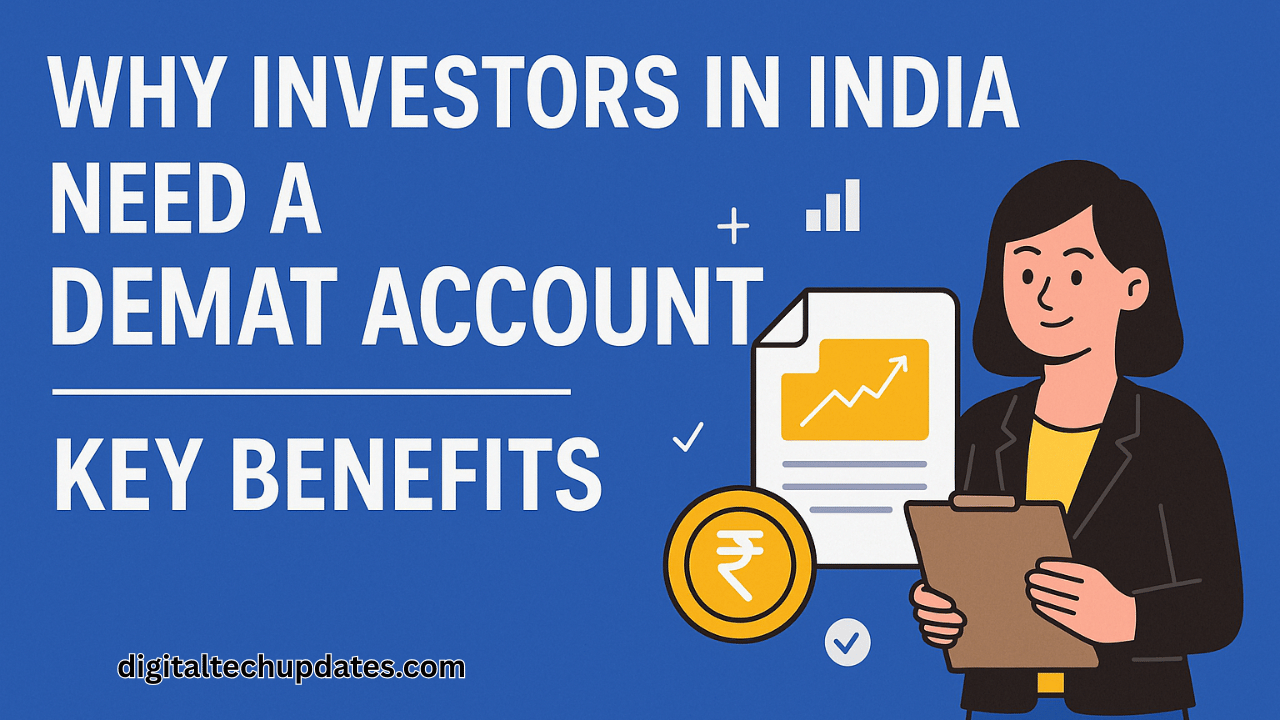In 2025, the digital landscape is changing at lightning speed, and keeping up with the latest website technologies is vital for businesses, bloggers, developers, and online marketers alike. Google’s recent updates highlight the importance of user experience, website speed, security, and AI-driven personalization, making it crucial to incorporate the right technologies into your site. In this article, we’ll dive into the key website technologies for 2025, discuss how they can enhance your online presence, and share practical tips for implementing them effectively.
Artificial Intelligence (AI) for Personalization
AI is really taking over the digital world these days. Nowadays, websites can harness the power of AI to understand user behavior, anticipate what people like, and serve up content that feels tailor-made just for them. With Google’s latest AI updates, the focus is all about creating content that resonates with users and aligns with their specific needs.
Key benefits:
– Tailored suggestions for products or articles
– Enhanced user engagement and loyalty
– Automated chatbots providing round-the-clock customer support
Practical tips:
– Consider using AI-driven tools like ChatGPT-powered chatbots or recommendation systems.
– Integrate AI-based search features on your site for quicker and smarter results.
Edge Computing for Faster Websites
Edge computing is all about bringing data processing closer to where users are, which means less waiting time and a boost in website speed. By 2025, Google will be prioritizing sites that load quickly and offer a seamless user experience, making edge computing essential.
Key benefits: –
Quicker page load times – Less strain on servers – Improved SEO rankings
Practical tips:
– Consider using CDNs (Content Delivery Networks) like Cloudflare or AWS CloudFront. – Set up edge servers in various locations to ensure faster service for your users.
Enhanced Cybersecurity Measures
In today’s world, cybersecurity is more important than ever. Google gives preference to websites that have secure connections (HTTPS), robust authentication methods, and effective malware protection.
Key benefits:
– Safeguards user data and sensitive information
– Fosters trust and credibility
– Boosts your search ranking
Practical tips:
– Set up SSL certificates to ensure secure connections.
– Utilize firewalls, malware scanners, and two-factor authentication.
– Keep your plugins and content management system updated to apply the latest security patches.
AI-Powered Chatbots and Virtual Assistants
Modern websites are now embracing AI chatbots to provide real-time assistance to users. These smart bots can handle inquiries, suggest options, and even manage transactions seamlessly.
Key benefits:
Boosts conversion rates
Lowers customer support expenses
Enhances user satisfaction
Practical tips:
Consider integrating AI tools like Tidio, Intercom, or HubSpot Chatbot.
Make sure to train your chatbot to grasp common questions and deliver useful answers.
Augmented Reality (AR) and Virtual Reality (VR)
Augmented Reality (AR) and Virtual Reality (VR) have moved beyond just gaming. By 2025, websites will be able to offer truly immersive experiences through AR/VR technology, particularly in sectors like e-commerce, real estate, and education.
Key benefits:
– Interactive product demonstrations
– Virtual tours of properties or services
– Engaging learning experiences
Practical tips:
– Implement AR features that allow customers to try products before they buy in online stores.
– Incorporate VR tours for real estate listings or travel websites.
Composability and Modular Website Architecture
A composable website architecture empowers developers to create websites using modular components that can be easily updated or swapped out without disrupting the entire system.
Key benefits:
– Quicker updates and customization
– Scalable architecture that supports growth
– Less downtime during maintenance
Practical tips:
– Consider using headless CMS platforms like Strapi, Contentful, or Sanity.
– Integrate microservices for specific tasks such as payments or notifications.
Serverless Computing
Serverless computing lets websites automatically scale up or down without the hassle of managing servers. It’s a budget-friendly solution, especially great for dealing with sudden spikes in traffic.
Key benefits:
Less server management hassle
Automatic scaling that adjusts to traffic demands
Savings on resources that go unused
Practical tips:
Consider using platforms like AWS Lambda, Google Cloud Functions, or Azure Functions.
Incorporate serverless architecture for tasks such as sending email notifications, processing images, or running analytics.
Voice Search Optimization
With the growing popularity of smart speakers and AI assistants, voice search is really starting to take off. Google is now giving preference to websites that are optimized for voice queries, particularly when it comes to local SEO.
Key benefits:
– Attracts traffic from voice-enabled devices
– Boosts local SEO and search visibility
– Improves accessibility
Practical tips:
– Incorporate long-tail keywords and use natural language in your content.
– Implement structured data (schema markup) to help search engines better understand your content.
Progressive Web Apps (PWAs)
Progressive Web Apps (PWAs) bring together the best features of websites and mobile applications. They’re quick, can work offline, and deliver an app-like experience without the hassle of downloading anything from an app store.
Key benefits:
– Enhanced user engagement
– Quicker loading times and offline accessibility
– Improved SEO results
Practical tips:
– Utilize service workers to cache important pages and resources.
– Activate push notifications to keep users coming back.
Green and Sustainable Website Technologies
Sustainability isn’t just a trendy term anymore. Google is now prioritizing websites that are designed with energy efficiency in mind. Websites that embrace sustainability not only use less server power but also enhance their loading speeds.
Key benefits:
– A smaller environmental footprint
– Improved performance and reduced energy expenses
– A stronger, more positive brand reputation
Practical tips:
– Optimize your images and media to keep file sizes small.
– Consider eco-friendly hosting options like GreenGeeks or A2 Hosting.
Multi-Cloud Strategies
A multi-cloud strategy keeps your websites up and running smoothly by leveraging services from various cloud providers.
Key benefits:
– Say goodbye to vendor lock-in
– Enjoy higher uptime and reliability
– Get the best bang for your buck with optimized cost and performance
Practical tips:
– Spread your critical applications across AWS, Google Cloud, and Azure.
– Keep an eye on traffic and performance to adjust resources as needed.
AI Governance and Ethics
As AI takes a front seat on websites, using it ethically becomes more important than ever. Google is all about transparency and protecting user privacy, and they’re not shy about penalizing sites that use misleading AI-generated content.
Key benefits:
– Fosters trust with users
– Meets new regulations
– Lowers legal and reputational risks
Practical tips:
– Always label content that’s generated by AI.
– Make sure user data is kept anonymous and secure.
Enhanced Analytics and Data Insights
AI-powered analytics tools are fantastic for uncovering valuable insights into how users behave, where your traffic is coming from, and how well your content is performing.
Key benefits:
– Make decisions based on data
– Enhance your content strategy and user experience
– Achieve a better return on investment for your marketing efforts
Practical tips:
– Check out tools like Google Analytics 4, Hotjar, or Mixpanel.
– Use AI tools to anticipate user behavior and tailor your offers accordingly.
Conclusion
In 2025, the key technologies shaping websites will be all about AI, speed, security, immersive experiences, and sustainability. By embracing these innovations, your website can:
– Enhance user engagement and satisfaction
– Improve SEO rankings and drive more traffic
– Boost conversion rates and increase revenue
– Stay ahead of the curve with evolving tech trends
In today’s fast-paced digital world, integrating these technologies isn’t just a nice-to-have—it’s a must for any business or website owner looking to remain competitive.




